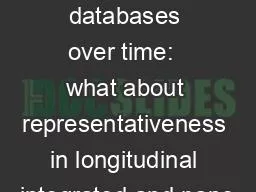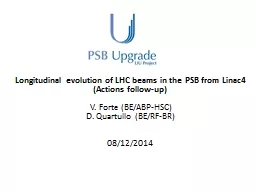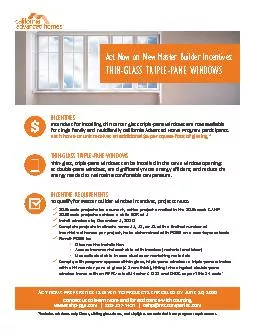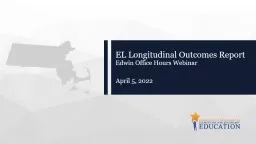PPT-Integrating databases over time: what about representativeness in longitudinal integrated
Author : ripplas | Published Date : 2020-08-04
Silvia Biffignandi Bergamo University Alessandro Zeli Istat silvia biffignandi unibgit zeli istait Q2010 Helsinki Biffignandi Silvia Zeli Alessandro
Presentation Embed Code
Download Presentation
Download Presentation The PPT/PDF document "Integrating databases over time: what a..." is the property of its rightful owner. Permission is granted to download and print the materials on this website for personal, non-commercial use only, and to display it on your personal computer provided you do not modify the materials and that you retain all copyright notices contained in the materials. By downloading content from our website, you accept the terms of this agreement.
Integrating databases over time: what about representativeness in longitudinal integrated: Transcript
Download Rules Of Document
"Integrating databases over time: what about representativeness in longitudinal integrated"The content belongs to its owner. You may download and print it for personal use, without modification, and keep all copyright notices. By downloading, you agree to these terms.
Related Documents














